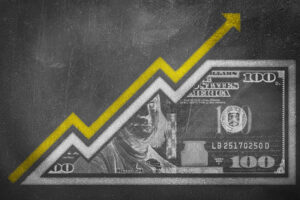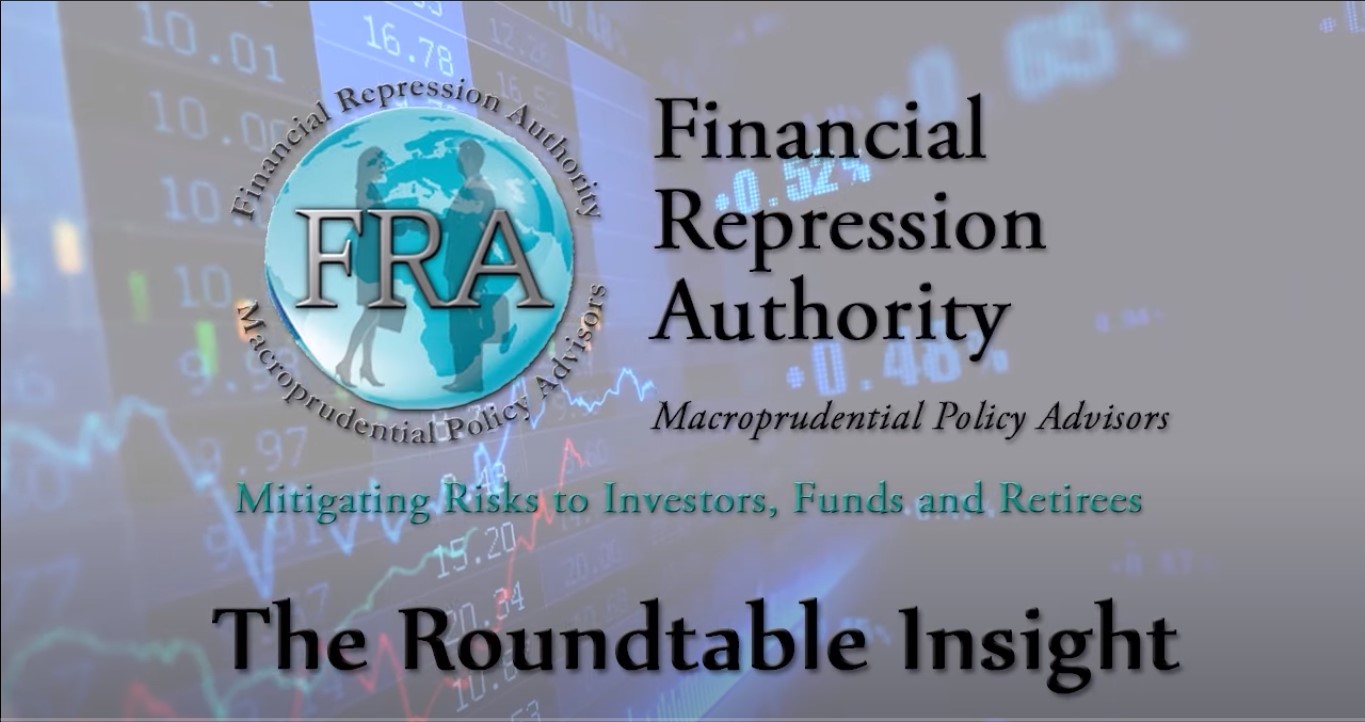If Inflation Is the Trick, Gold Is the Treat
The comments below are an edited and abridged synopsis of an article by Frank Holmes
Holmes believes that inflation may be running much faster than we’re led to believe, and he uses consumer spending on Halloween to illustrate what he means.

Total Halloween spending was projected to fall this season, to $8 billion from $8.8 billion last year, according to data from the National Retail Federation (NRF).
Given this, you might suppose that on a per-person basis, Halloween spending would also be down, yet average spending per consumer was expected to increase almost 7%, from $86.28 to $92.12.
There may be other explanations for this phenomenon, but the most convincing is also the simplest: Inflation. The real inflation rate may be much higher than the official consumer price index (CPI) issued monthly by the Bureau of Labor Statistics (BLS).
Last month, the BLS reported that consumer prices were up only 1.4% in September compared to the same time last year. If we remove volatile food and energy prices, they were up slightly more, at 1.7%.
How can this be, when consumers are spending 7% more on candy and costumes this year, despite total Halloween spending declining?
The CPI has undergone several changes in methodology over the years. At one time, it was a genuine cost of goods index (COGI). Today, however, it’s more of a cost of living index (COLI). So when you see that inflation is up 1.4% year-over-year, you can be sure it’s actually higher—potentially much higher.
How much higher? Economist John Williams, who runs ShadowStats.com, uses the 1980 methodology for measuring inflation. According to this gauge, consumer prices are up closer to 9% than 1%.
The implication, of course, is that inflation could be eating your lunch faster than you realize.
Up for discussion: Positioning your portfolio for Treasury Secretary Elizabeth Warren; gold investment at record highs; and final comments before the election


